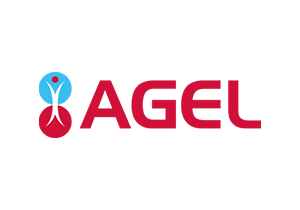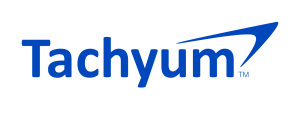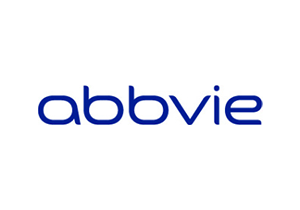Spring ITAPA Conference 2020: Cities Of The Future - First Test The Functionality Of Innovation In Practice, Then Procure

The last section of the Spring ITAPA Conference 2020 zoomed in on the development and problems of municipalities and their response to it. While most Slovak towns and cities still deal mainly with issues related to transport, services for their citizens and public spaces, at the European level there is a push for areas such as climate change, energy or waste management, which municipalities of Slovakia are not yet so familiar with.
The situation gets complicated due to the fact that they are not even used to working on joint regional development plans, where all interests must be reconciled and interconnected. Foreign experience and the sharing of good practice across all levels might be the way to seek a solution.
At present, Slovak cities deal mainly with three pressing areas - public space, transport, and communication with citizens. Žilina, under the leadership of the new mayor Peter Fiabáne, prepared a development strategy 2040, which aims to make use of smart technologies, closely cooperating with the city districts and Žilina residents. "The city is a major traffic junction, due to the unfinished highways and the preparation of the reconstruction of the railway junction. Traffic will be a critical area in the nearest future. It will help us to move mobility to public transport or bike paths," said Fiabáne. Žilina also has a green city agenda and ongoing projects worth 1.5 milion euros, which are related to climate change due to the specific position of the city. According to Fiabáne, the biggest challenge will be to manage the preparation of regional development plans on a political level.
The capital also bet on these three pillars. The new mayor of Bratislava, Matúš Vallo, founded the Metropolitan Institute of Bratislava, which created the Manual of Public Spaces to improve the lives of city residents and manage the entire regional development. Paradoxically, he also wants to rely on public procurement. "Procurement can be a good servant, but also a bad master. Through architectural competitions we want it to serve us. They will bring us not only great ideas for solving long-term problem areas, but also better prepared for further procurement. We already have a project on our table to revitalize Kamenný and Komenský squares, or to restore the Grössling Spa."
However, the European Commission is already pushing for topics that are still on the second track in many Slovak local governments. "We must add priorities that are being addressed at the European level to our current goals. We are talking the European Green Agreement, water retention measures, saving and production from renewable sources, or innovation," said Milan Ftáčnik, chairman of the Slovak Information Society.
Bratislava followed this trend by establishing the position of Chief Innovation Officer with Petra Dzurovčinová in the office. "For us, innovation is not just about technology, but about the way to improve living conditions in the city. We have therefore set up a Municipal Laboratory, where we test new technologies and a problem-solving approach. An example could be testing new parking sensors or air quality. According to the results, we will adjust traffic management," said Dzurovčinová.



















